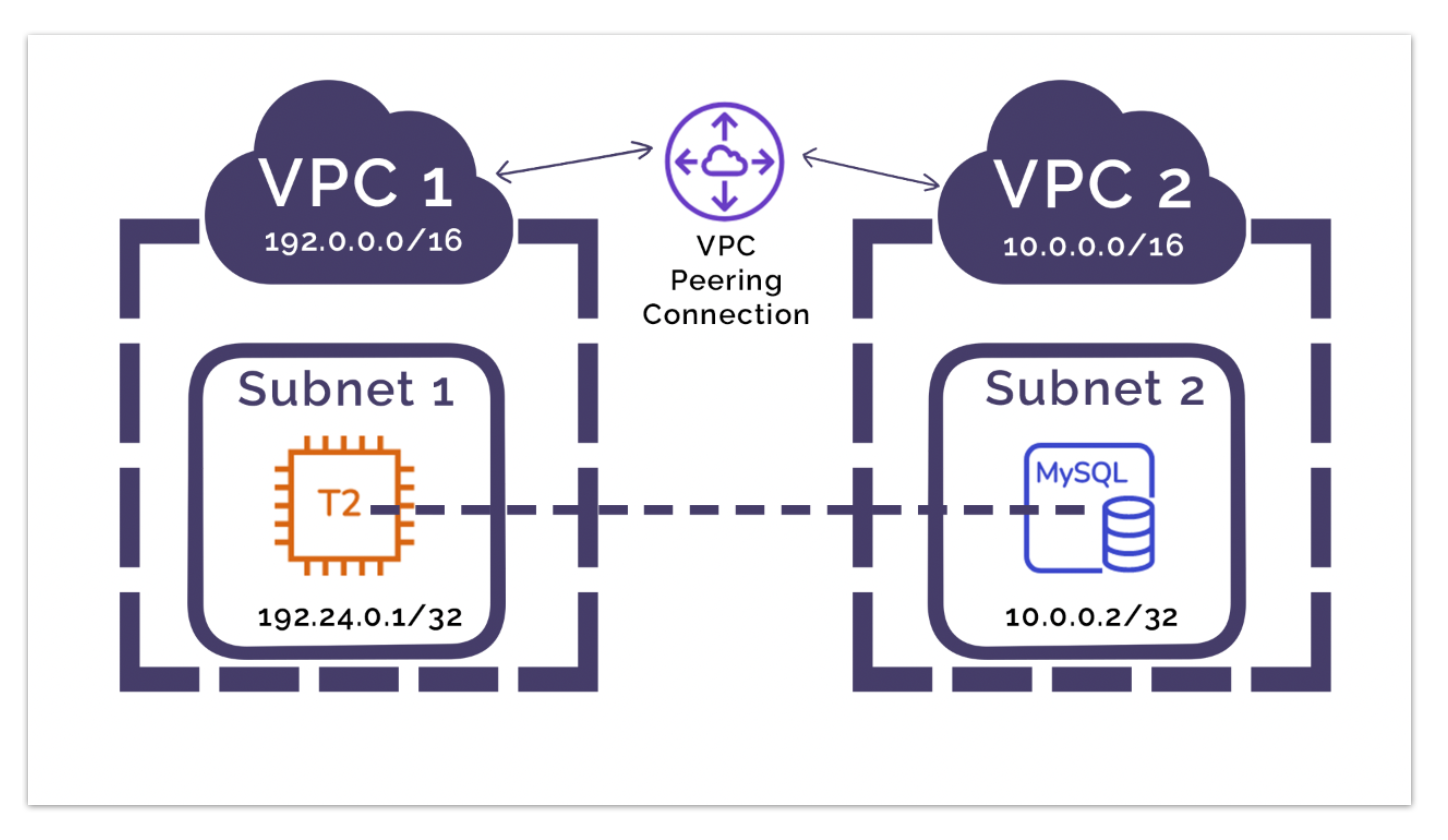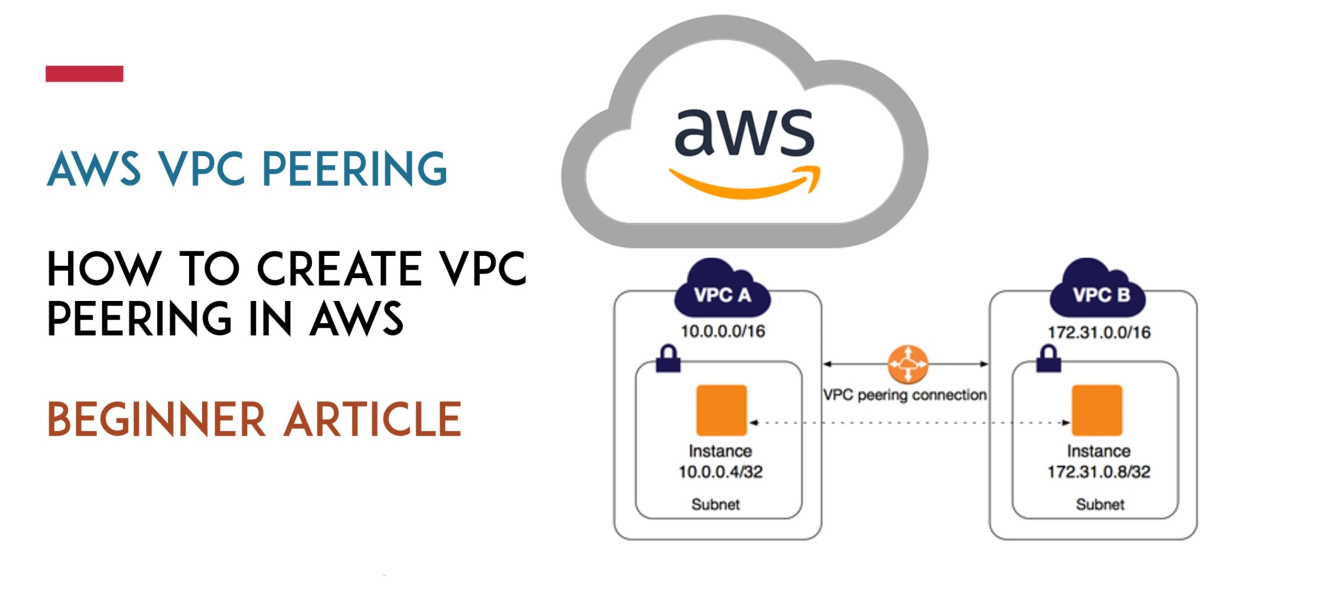Are you maximizing your cloud infrastructure's potential while keeping costs in check? Since May 1st, 2021, a significant change has occurred: data transfer over a VPC peering connection that remains within an Availability Zone (AZ) is now free, potentially unlocking considerable savings and improved performance.
The world of cloud computing, particularly within Amazon Web Services (AWS), is constantly evolving. One key element of this ecosystem is the Virtual Private Cloud (VPC), a virtual network dedicated to your AWS account, logically isolated from others in the AWS cloud. Within this VPC, you launch AWS resources like Amazon EC2 instances, the virtual servers foundational to most deployments. Their access and communication are meticulously governed by subnets, route tables, and security groups, ensuring both security and efficiency.
Understanding the intricacies of VPC peering and its associated costs can be challenging. To provide clarity, consider this scenario: you possess 1,000 IPv4 addresses assigned to EC2 instances within your VPC. Furthermore, other member accounts within your AWS organization collectively utilize 10,000 active IPs. You then establish an Advanced Tier IPAM (IP Address Manager) integrated with your AWS organization. Previously, the hourly price per active IP address was $0.00027. But now, data transfer optimization within an Availability Zone provides a clear advantage.
- 2025s Mustsee Web Series Whats New Amp Next In Streaming
- Who Are Storm Reids Parents Family Career Support
| Attribute | Value |
|---|---|
| VPC Peering | A networking connection between two VPCs that enables you to route traffic between them privately. |
| AWS Organization | A service for centrally managing and governing multiple AWS accounts. |
| Advanced Tier IPAM | A feature providing advanced IP address management capabilities within AWS. |
| IPv4 Addresses | Numerical labels assigned to devices participating in a computer network that uses the Internet Protocol for communication. |
| EC2 Instances | Virtual servers in Amazon's Elastic Compute Cloud (EC2) for running applications on the AWS infrastructure. |
| Reference | AWS VPC Peering Documentation |
AWS leverages the existing VPC infrastructure to create VPC peering connections, eliminating the need for separate physical hardware. This design ensures there's no single point of failure or bandwidth bottleneck, enhancing the reliability and performance of your network. Moreover, traffic between peered VPCs never traverses the public internet, further bolstering security.
However, it's crucial to note the distinction between data transfer within and across Availability Zones. While data transfer within an AZ is now free, transferring data across AZs still incurs charges for ingress/egress traffic, as illustrated in Figure 4 of the AWS documentation. VPC owners remain responsible for hourly charges (where applicable), as well as data processing and data transfer charges across NAT gateways and virtual private gateways.
To illustrate the potential cost implications, consider the IPAM scenario mentioned earlier. With 11,000 active IPs (1,000 in your VPC and 10,000 in other member accounts), the hourly cost, before the optimization of data transfer within AZ, would have been $2.97 (11,000 IPs x $0.00027/IP). Understanding and optimizing your data transfer patterns is therefore critical to managing your AWS costs effectively.
- Mustsee Indian Erotic Web Series Your Ultimate Guide
- Hot Steamy The Best Adult Web Series You Need To Watch
VPC peering is frequently employed to connect a small number of VPCs within a single region, establishing a fully meshed network. For larger, more complex environments involving numerous VPCs, AWS Transit Gateway and AWS PrivateLink are often the recommended mechanisms. A diagram can help visualize the connectivity and traffic flow, showcasing elements such as a Transit Gateway, Client VPN, and VPC peering, as depicted in Figure 1 in the AWS documentation, typically focusing on the US East (N. Virginia) region.
Prices are typically indicated on arrows within such diagrams, highlighting where individual endpoint and data transfer/data processing charges apply. It's important to remember that VPC peering is neither a gateway nor a VPN connection and does not rely on separate physical hardware, further differentiating it from other networking solutions.
It's also important to be aware of the limits associated with VPC peering. Each VPC can have a limited number of active peering connections (up to 125), and outstanding VPC peering connection requests are also subject to limits. Furthermore, unaccepted VPC peering connection requests have an expiration time, requiring proactive management to ensure timely establishment of connections.
Amazon EC2 instances are the most commonly used AWS resource within Amazon VPC. Launched within a VPC, their access and communication are tightly controlled by subnets, route tables, and security groups. Almost all resources launched in a VPC possess IP addresses for connectivity. While the vast majority of resources within a VPC utilize private IPv4 addresses (RFC1918), resources requiring direct internet access via IPv4 utilize public IPv4 addresses. For instance, Amazon EC2 instances launched in a default VPC typically possess a public IPv4 address.
While creating and utilizing an Amazon VPC itself does not incur additional costs, users may incur charges for optional VPC features based on their usage. AWS offers features and services enabling you to customize the control, connectivity, monitoring, and security of your Amazon VPC. For specific pricing details related to these components, consult the AWS documentation.
What is VPC Peering, Exactly? An Amazon Virtual Private Cloud (VPC) peering connection is a networking connection between two VPCs that enables you to route traffic between them privately. It's logically isolated from other virtual networks in the AWS cloud. You can establish a VPC peering connection between your own VPCs, with a VPC in another Amazon Web Services account, or with a VPC in a different Amazon Region.
Traffic between peered VPCs does not traverse the public internet, enhancing both security and performance. The VPC peering guide provides comprehensive information on this topic. In essence, if data transfer over a VPC peering connection stays within an Availability Zone (AZ), it's free of charge, starting May 1st, 2021.
However, it's important to be mindful of hourly billing. Hourly billing will also cease if the endpoint service owner rejects your VPC endpoints attachment to their service, and that service is subsequently deleted. Such VPC endpoints cannot be reused and should be deleted to avoid unnecessary charges.
Finally, consider these key points:
- Data transfer over a VPC peering connection that stays within an Availability Zone is free.
- Data transfer over a VPC peering connection that crosses Availability Zones will incur a data transfer charge for ingress/egress traffic (figure 4).
In conclusion, understanding the nuances of VPC peering, particularly the cost-saving benefits of intra-AZ data transfer, is critical for optimizing your AWS infrastructure and minimizing expenses. By carefully managing your VPC configurations and data transfer patterns, you can harness the full potential of the AWS cloud while maintaining cost-effectiveness.
For those using VPC peering to interconnect a small number of VPCs within a region for a fully meshed network, it remains a viable option. However, for larger deployments with a high volume of VPCs, AWS Transit Gateway and AWS PrivateLink are often recommended. In any scenario, remember to regularly review and manage your VPC peering connections, ensuring they align with your evolving business needs and cost optimization goals.
The landscape of AWS is dynamic, and staying informed about changes like the free data transfer within Availability Zones is essential for making informed decisions about your cloud infrastructure. This knowledge empowers you to build scalable, secure, and cost-effective solutions on the AWS platform.
Therefore, carefully analyze your data transfer requirements, leverage the benefits of intra-AZ communication, and choose the appropriate networking solution (VPC peering, Transit Gateway, or PrivateLink) to maximize efficiency and minimize costs within your AWS environment. The AWS ecosystem provides a rich set of tools and services; understanding how to effectively utilize them is key to unlocking their full potential.
Moreover, proper monitoring and logging of your VPC traffic can provide valuable insights into your data transfer patterns. This data can then be used to fine-tune your network configuration and optimize for cost and performance. AWS offers a range of monitoring tools, such as CloudWatch, that can assist in this process.
Additionally, consider leveraging AWS Cost Explorer to gain visibility into your AWS spending, including costs associated with VPCs and data transfer. Cost Explorer provides detailed reports and visualizations that can help you identify areas where you can optimize your spending.
Its also worth noting that the pricing and features of AWS services are subject to change. Therefore, its essential to regularly review the AWS pricing pages and documentation to stay up-to-date on the latest information.
Beyond the cost savings of intra-AZ data transfer, VPC peering offers several other benefits, including improved security and performance. By keeping traffic within the AWS network, you reduce the risk of exposure to external threats and minimize latency.
Furthermore, VPC peering can simplify network management by providing a consistent and predictable networking environment. This can be particularly beneficial for organizations with complex or distributed IT environments.
However, its important to carefully plan and configure your VPC peering connections to ensure they meet your specific security and performance requirements. This includes properly configuring route tables, security groups, and network ACLs.
In addition to the technical aspects of VPC peering, its also important to consider the organizational implications. VPC peering can require coordination and collaboration between different teams or departments within your organization.
Therefore, its essential to establish clear roles and responsibilities for managing VPC peering connections. This can help to ensure that VPC peering is implemented and maintained in a consistent and secure manner.
Finally, remember that VPC peering is just one of many networking options available on AWS. Its important to carefully evaluate all of your options and choose the solution that best meets your specific needs.
By taking a holistic approach to networking on AWS, you can build a robust, scalable, and cost-effective infrastructure that supports your business goals.
The information provided here is intended for informational purposes only and should not be considered as professional advice. Always consult with qualified AWS experts to determine the best solutions for your specific needs.
Understanding the nuances of AWS networking is a continuous learning process. Stay informed, experiment with different solutions, and continuously optimize your infrastructure to achieve the best possible results.
And remember, the cloud is constantly evolving. Embrace change, stay curious, and continue to explore the endless possibilities of AWS.
- Hot Steamy Web Series You Need To Watch Updated
- Brandi Passante From Storage Wars Star To Whats Next


